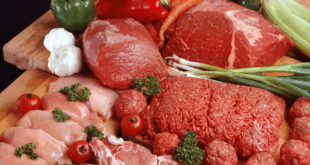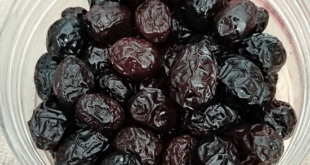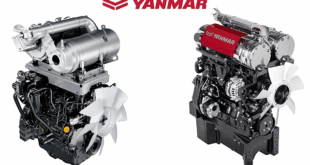In Izmir, Türkiye’s winter vegetable production hub, producers are being supported by local vegetable seedlings with long shelf lives.

Izmir…
With an annual production of approximately 325,000 tonnes of winter vegetables across 15 crops, Izmir significantly meets the country’s needs in this area. Ranked first in broccoli, celery, artichoke and spinach production, second in cauliflower and leeks and third in red beet and lettuce, Izmir is also known as a “winter vegetable production hub.”
The Ministry of Agriculture and Forestry is also working to support farmers in the province, which has become a winter vegetable production hub.

To this end, a project has been prepared to distribute domestically produced broccoli “Naxos,” cauliflower “Erton,” and lettuce “Presidental,” which have long shelf lives and will boost income. A total of 875,100 seedlings, 50 percent of which were grants, were distributed to 61 farmers in the districts of Torbalı, Ödemiş, Tire, Foça, Bergama, Menemen and Urla.
The project aims to enhance farmers’ income and address market problems by providing a longer shelf life for these plants.

Provincial Director of Agriculture and Forestry Mustafa Şahin told an Anadolu Agency (AA) reporter that İzmir, with its climate and geography, is one of Türkiye’s most important winter vegetable production centres.
Noting that winter vegetable production area in İzmir has increased by 25 percent and production volume by 28 percent in the last five years, Şahin said, “We are ranked first in many winter vegetable crops. In fact, for some crops, we meet almost 50 percent of the country’s needs alone.”
Şahin stated that with the support of the General Directorate of Plant Production, they cover 50 percent of the cost of the vegetable seedlings distributed to farmers.

Emphasizing that their desire to expand the use of local vegetable varieties in the region, he added, “We aim to meet the country’s need for winter vegetables with varieties with longer shelf lives. While this is a small support, we are introducing local varieties to producers. We believe that with these new vegetable varieties, our farmers will achieve faster production and higher incomes in the coming years.”
 THE GLOBAL WINDOW OF TURKISH FOOD AND AGRICULTURE The Global Window of Turkish Food and Agriculture Sector
THE GLOBAL WINDOW OF TURKISH FOOD AND AGRICULTURE The Global Window of Turkish Food and Agriculture Sector








